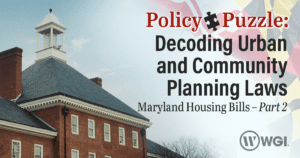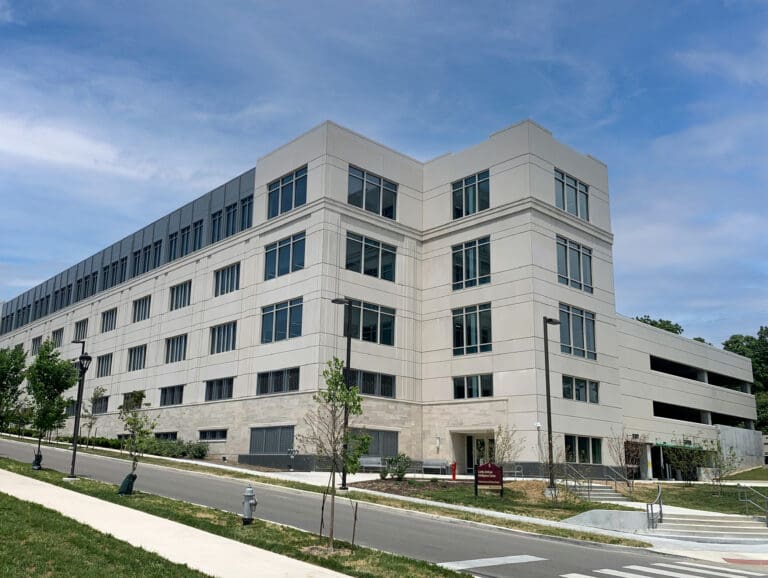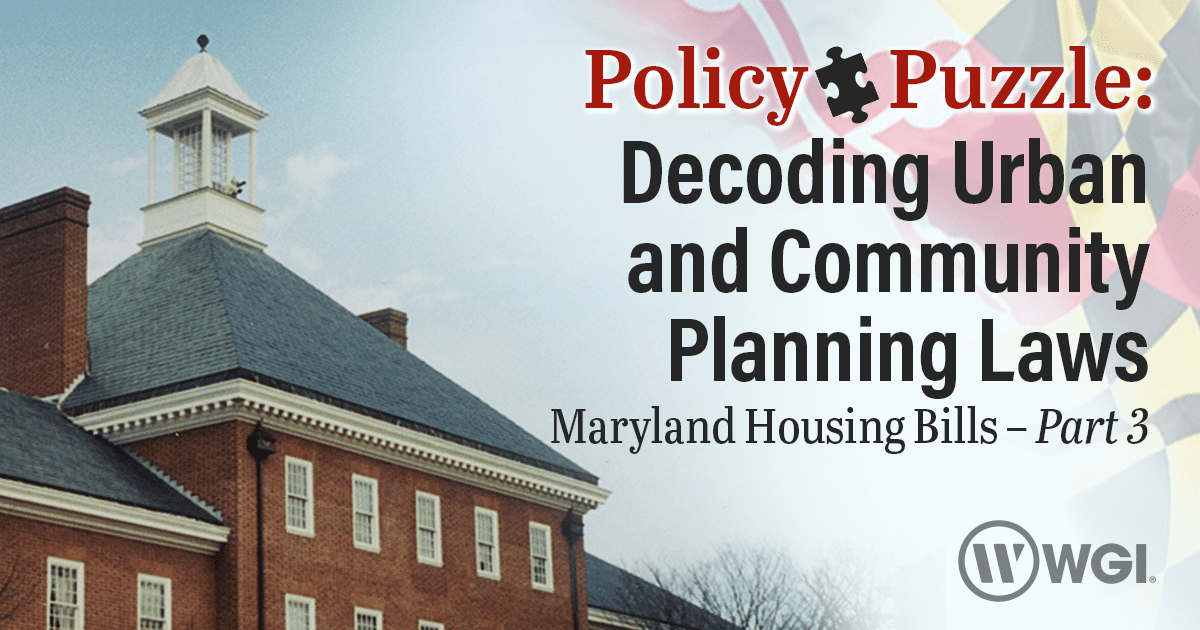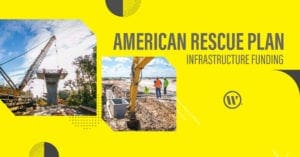The Housing Expansion and Affordability Act – Part 3: Manufactured and Modular Housing
In parts one and two of our Policy Puzzle – MD Housing Bills series, we’ve decoded the Maryland Housing Expansion and Affordability Act of 2024 as well as provided examples of what it could look like in practice.
However, we have not yet mentioned one more piece of this puzzle: In addition to allowing certain development projects to exceed typical density limits if they incorporate a certain percentage of affordable housing units, the new law also lessens local zoning barriers for manufactured or modular homes.
Specifically, the legislation requires a local jurisdiction’s legislative body to allow the placement of a new manufactured or modular home (dwelling) in a zone that allows single-family residential uses.
What is a manufactured or modular home?
Manufactured and modular homes are built in a factory before being delivered to their final location. Maryland State Code defines manufactured and modular homes in the following ways:
- A manufactured home (i) is transportable in one or more sections; (ii) is eight body feet or more in width and 30 body feet or more in length; (iii) is built on a permanent chassis; and (iv) is designed to be used as a dwelling, with or without a permanent foundation, when connected to the required utilities.
- A modular home or “industrialized building” means a building assembly or system of building subassemblies manufactured in its entirety, or in substantial part, off-site and transported to a site for installation or erection, with or without other specified components, as a finished building or as part of a finished building that comprises of two or more industrialized building units.
Traditionally, prefabricated homes had poor insulation and used low-quality materials, often requiring expensive repairs. However, in 1976, Congress passed a new safety law for these types of dwellings, and the Department of Housing and Urban Development started to regulate prefabricated homes, making it the only housing type with a federal building code. These regulated homes are deemed “manufactured homes,” while those built before the rules are classified as “mobile homes.”
As technology advances and building practices evolve, manufactured homes are being constructed with higher-quality materials and designed to look more like site-built housing.
How do they help boost housing supply and affordability?
The cost of constructing manufactured and modular homes can be dramatically lower than site-built homes, paving the way for communities to add small, more affordable housing that otherwise may not be economical to build. On a per-square-foot basis, new manufactured homes cost 46 percent less than site-built homes.
The economies of scale increase when constructing manufactured homes as opposed to site-built houses. This is due in large part to the fact that manufactured homes are built to a federal standard and not based on meeting a patchwork of local building codes. The in-factory production and building standardization translates to a faster and less costly production.
Although modular houses are also made in factories, they cannot achieve the same economies of scale as manufactured homes because they still need to meet each local code. Modular homes are still considered to be a viable option in helping to increase housing supply and lower costs as they are more efficient to build and, thus, more affordable to the consumer.
In short, factory production allows for more automation and less construction in bad weather, helping to lower costs and translating it to consumer affordability.
How can zoning regulations offer opportunities to develop these home types as an affordable option?
Local zoning regulations tend to be outdated and address the unregulated prefabricated home type, mobile homes, and not the regulated prefabricated home type, manufactured or modular homes.
Examples of traditional residential zoning regulations that create barriers to developing manufactured or modular homes include prohibiting that use type altogether, excluding them from single-family residential zones, and imposing minimum lot-size requirements specific to this use type.
Zoning reform efforts are becoming more widespread as awareness increases of the differences between mobile homes and manufactured or modular homes. A growing number of local governments have instituted regulatory provisions that allow for and encourage well-designed manufactured homes and developments in the same zoning districts as site-built housing.
All around, The Housing Expansion and Affordability Act has the potential to expand housing supply, particularly affordable housing, across Maryland.
Contact Our Team
Thank you for being part of our mission to decode the Maryland Housing Expansion and Affordability Act of 2024, and please stay tuned for another policy puzzle adventure!
For more information on Maryland’s Housing Expansion and Affordability Act or expert support in planning your next urban and community planning project, Contact Our Team!



















